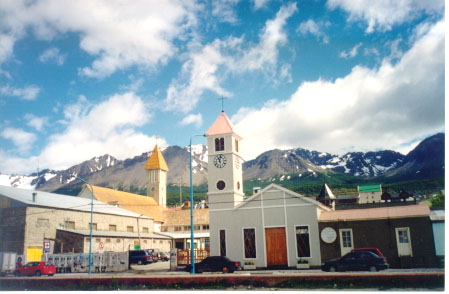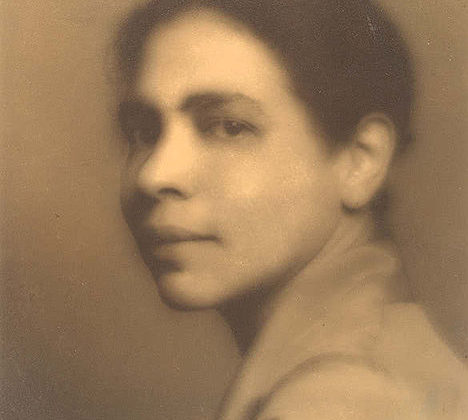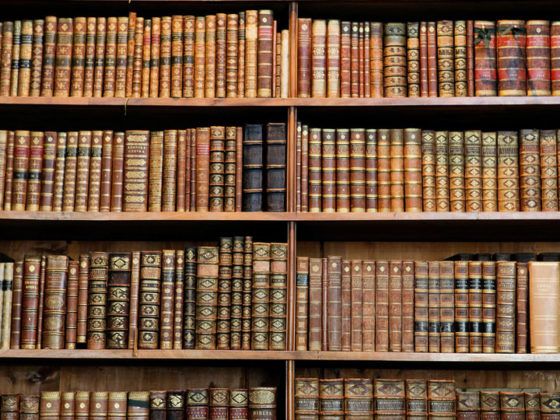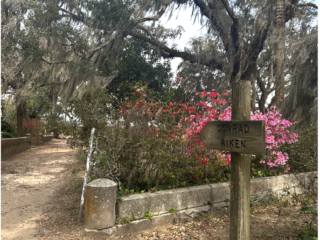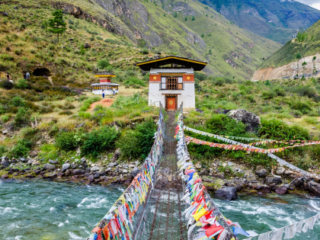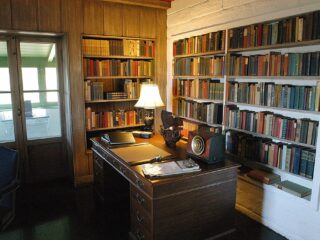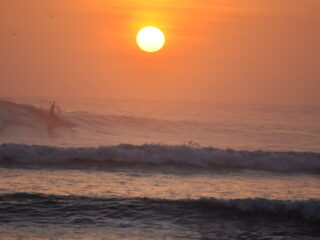By Adam Freedman
Now that virtually every inch of the planet has been charted and tamed, some part of our collective psyche has become bored. Witness the explosive growth of the “adventure tourism” industry. By the score, people are paying top dollar to go to places that still bear the cachet of being wild and inaccessible: the Sahara, say, or the Amazonor Tierra del Fuego.
A more comfortable route to the age of exploration is by reading the classic Uttermost Part of the Earth: E. Lucas Bridges” rip-roaring account of his life among the indians of Tierra del Fuego. First published in 1948, Uttermost records an era when a few people still lived as pioneers not to escape urban ennui but out of necessity.
Bridges” engaging style also speaks from a different era: you know you”re in the hands of a high Edwardian writer when the author is not even born until sixty-seven pages into his memoir. Before that, one gets an overview of “Fireland” and the Bridges” family antecedents. The modest author has no significance outside his context.
Lucas Bridges was born in 1874, the third child of the Rev. Thomas Bridges, who, just a few years earlier, had founded Ushuaia as a mission station. Lucas” playmates were Yahgan indians; he learned to speak their language, play their games and wear moccasins.
His Ushuaiaof plucky English missionaries, docile indians, and a bored Argentine prefect, has little to do with today”s city of 40,000 souls. But here and there, one finds remnants of Bridges” Fireland even today. As I read Uttermost, my mind kept returning to my own visit to Tierra del Fuego last year.
From my hotel, I take a street that leads to the shore. “On the right-hand side of that road,” Bridges writes, “as one walked up from the beach, were several houses of corrugated iron lined with wood.” I meet up with Alejandro, a friend of a friend who lives in Ushuaiain in one of those brightly-painted corrugated iron cottages. Today, it is a pizzeria.
In exquisite detail, Bridges describes the advance of civilization, and its discontents. From the very beginning, “the inhabitants [of Ushuaia] had followed, however unintentionally, what is said to be the general rule that the wealth and luxury of a town spread westward, while poverty is to be found in the eastern quarters. The eastern and northeastern slums of Ushuaia were made up of wigwams . . .”
We get into Alejandro’s jeep and drive through the eastern outskirts of Ushuaia, past abandoned factories. There is a vast shanty town; blue smoke curls up from cinder block shacks and dark indian faces peer out of makeshift windows. But who are they? They cannot be Yahgans. “They”re squatters,” says Alejandro, “Bolivians, mainly.”
After 15 years of missionary work, Lucas’ father acquired 20,000 hectares of Fireland from the Argentine government and founded Estancia Harberton. A large pre-fabricated house was imported from England and erected on the shore of a sheltered harbor selected by the Yahgans.
The ship’s loudspeaker announces our arrival at Harberton. It is the first sign of civilization since leaving Ushuaia. Miraculously, carved out of the windswept banks is a little piece of Devonshire. There is a large, white farmhouse with green shutters, neat garden, and white picket fence; beyond that, a shearing station and supply houses.
Thomas Bridges spent his remaining years at Harberton. After his death, the thriving estancia eventually devolved upon his son Will (Lucas’ younger brother, described in Uttermost as an incorrigible troublemaker). Years later, the economics of sheep shearing turned against Fireland. Today, Harberton survives on tourism and is run by Will”s grandson, Thomas Goodall
A small confitera for day-trippers has been added at the back of the house. I take a cup of tea from the serving table and give my money to a tall weather-beaten man in dungarees and flannel shirt. As he hands me back the change, one of the tour guides calls out to him “Hey, Tommy!” Only then do I realize that it is Thomas Goodall, great grandson of Rev. Bridges, manning the till. I want to acknowledge my admiration for the family but don”t know what to say. Besides, the next customer is waiting to pay.
The isolation of Tierra del Fuego, both terrible and sublime, is constantly in the background of Uttermost. The closest contact with civilization was the Malvinas chain, 400 miles away and itself only a transit point to Britain. Such ordinary goods as chocolate, coffee, and rifles, became priceless treasures. Above all, books were savored, read and re-read aloud in Harberton’s drawing room. Tierra del Fuego is a harsh place for the literary-minded.
Alejandro invites me to dinner at his house. A friend comes by and he and Alejandro swap novels; dog-eared books that appear to have been swapped and lent numerous times. “I read a lot,” Alejandro tells me, “but it’s difficult to find good books here. I have Saki on mail order . . . ”
There was no regular mail in those early days. When Rev. Bridges went away to Punta Arenas, Buenos Aires, or London, an anxiety would fall over the house as Mrs. Bridges stared into the empty expanse awaiting word of her husband.
The next day, I strike up a conversation with a woman who works at the Museo Del Fin Del Mundo. “What with telephones, fax, and email,” I say, “do you feel connected to the rest of the world, or do you feel far away?” She looks out to the water. “I feel far away. Very far away.”
Although Lucas Bridges grew up with the Yahgans, his great ambition, and the central drama of Uttermost is his effort to integrate himself with the Ona tribe. The Ona were an inland tribe of fierce hunters, much feared by the mussel-eating Yahgans. As Bridges placidly puts it, “unlike the Ona . . ., the Yahgans disapproved of homicide.”
Bridges becomes the first white man to make peaceful contact with the Ona. He is completely enraptured by the romantic life of these tall, powerful nomads, with guanaco skins aristocratically flung over their shoulders. Little by little, he learns their language and gains their respect by joining their hunting parties wearing nothing but moccasins and a guanaco skin against the freezing cold. He is invited to the heart of Ona land and is initiated into the “Lodge,” the secret society of Ona men.
Bridges longs to start an estancia in Ona land. The Ona encourage him to do so; they know the white man is coming and much prefer him to the others. Bridges selects a parcel of land and starts work on a track between Harberton and his home-to-be. The distance is 50 miles as the crow flies, but the terrain is an obstacle course of mountains, rivers, bogs, and thickets. After a year of back-breaking labor, Bridges and his Ona helpers finished the zigzagging track. Even with the track, it was a two-to-three day journey, with the traveler having to wade across numerous streams.
Alejandro proposes an excursion to Lake Fagnano in the former Ona land. I eagerly accept. It won’t be terribly comfortable, Alejandro warns me as we get into the jeep, most of it is gravel road, very bumpy to drive on. We”re there and back in an afternoon.
In a few years, Bridges makes the estancia in Ona land, christened “Viamonte,” into a great commercial success with over 80,000 sheep. And then something very odd happens: Lucas Bridges goes across the world to join the British Army in the First World War. Nothing in Uttermost prepares the contemporary reader for the idea that Bridges, an Argentine citizen, born at Ushuaia and raised with the indians, had always considered himself an Englishman. It seems forced, like Senegalese schoolchildren reciting “our ancestors, the Gauls.” But Bridges” narrative is so effortless, one accepts that he truly saw himself as a child of the Empire.
He survived the war, and went on to have further adventures and, finally, to pen his memoirs. And a good thing too, for under that guanaco skin beat the heart, if not exactly of an Englishman, at least of a great English writer.
Originally Published on Literary Traveler May 1st 2000.

